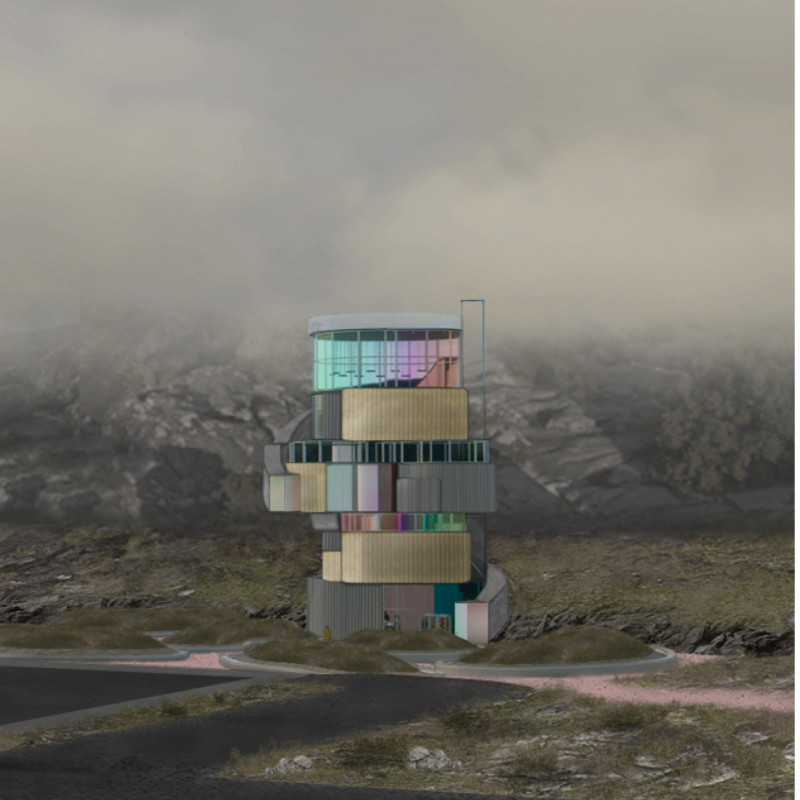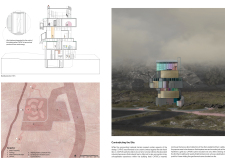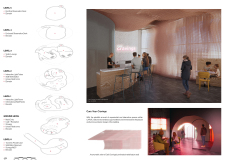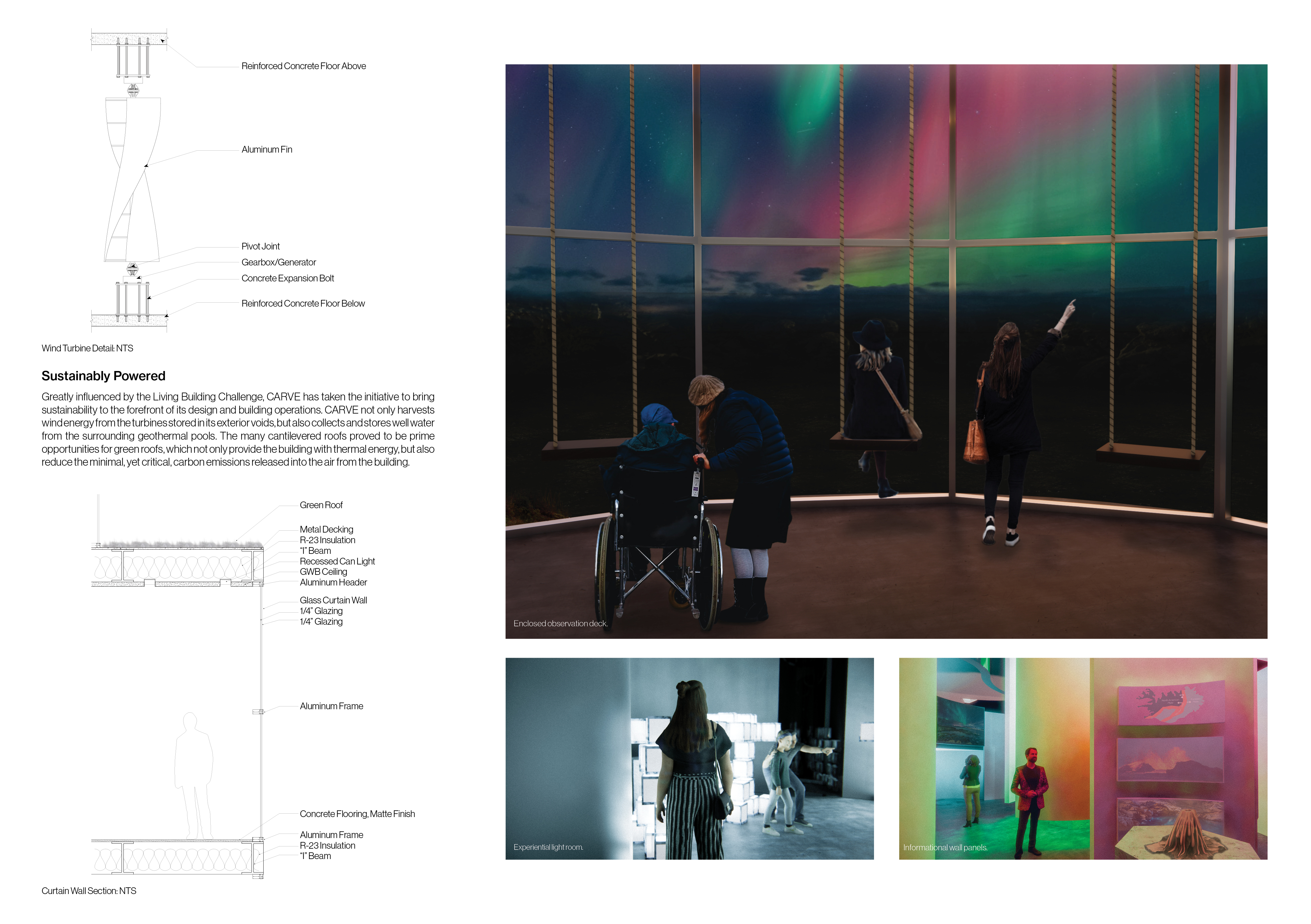5 key facts about this project
The project is an architectural design focused on creating a functional and aesthetically pleasing environment that addresses the needs of its users while harmonizing with its surroundings. Situated in a specific geographical location, the design integrates local materials and traditional construction methods, enhancing its contextual relevance. The overall structure serves a dual purpose: providing practical utility and fostering community interaction.
One of the distinguishing features of this project is its emphasis on sustainable design principles. The architecture incorporates energy-efficient systems and features, such as passive solar design, which utilizes the sun’s heat and light to reduce reliance on artificial energy sources. The use of rainwater harvesting systems and green roofs further contributes to its sustainability, promoting ecological awareness among users.
The building layout is strategically organized, optimizing space for functionality while ensuring a seamless flow between different areas. The open-plan design allows for flexible use of space, catering to various activities. Key areas include multi-purpose rooms, communal gathering spaces, and private meeting areas, all designed with the intention of fostering collaboration and engagement. Natural light plays a significant role in the interior environment, with large windows and skylights strategically positioned to create a bright and inviting atmosphere.
The project employs a variety of materials that reflect both modern and local architectural traditions. These materials include reinforced concrete for structural support, reclaimed wood for aesthetic warmth and sustainability, glass for transparency and light diffusion, and steel accents for modern appeal. This careful selection of materials underscores the project’s commitment to a cohesive design language that respects its environment while being forward-thinking in its approach.
Another unique aspect of the project is its integration with landscape architecture. The design intentionally blurs the boundaries between the built environment and natural settings, with landscaped gardens and outdoor gathering spaces that encourage social interaction. These elements not only enhance the visual appeal of the project but also support biodiversity, creating a habitat for local flora and fauna.
Materials used in the project include:
- Reinforced concrete
- Reclaimed wood
- Glass
- Steel
- Green roof systems
- Rainwater harvesting components
This architectural design exemplifies a holistic approach, blending functionality with sustainability and community enhancement. As you explore the project presentation, consider reviewing the architectural plans, architectural sections, architectural designs, and architectural ideas for a comprehensive understanding of the project’s innovative approach and design outcomes.






















































